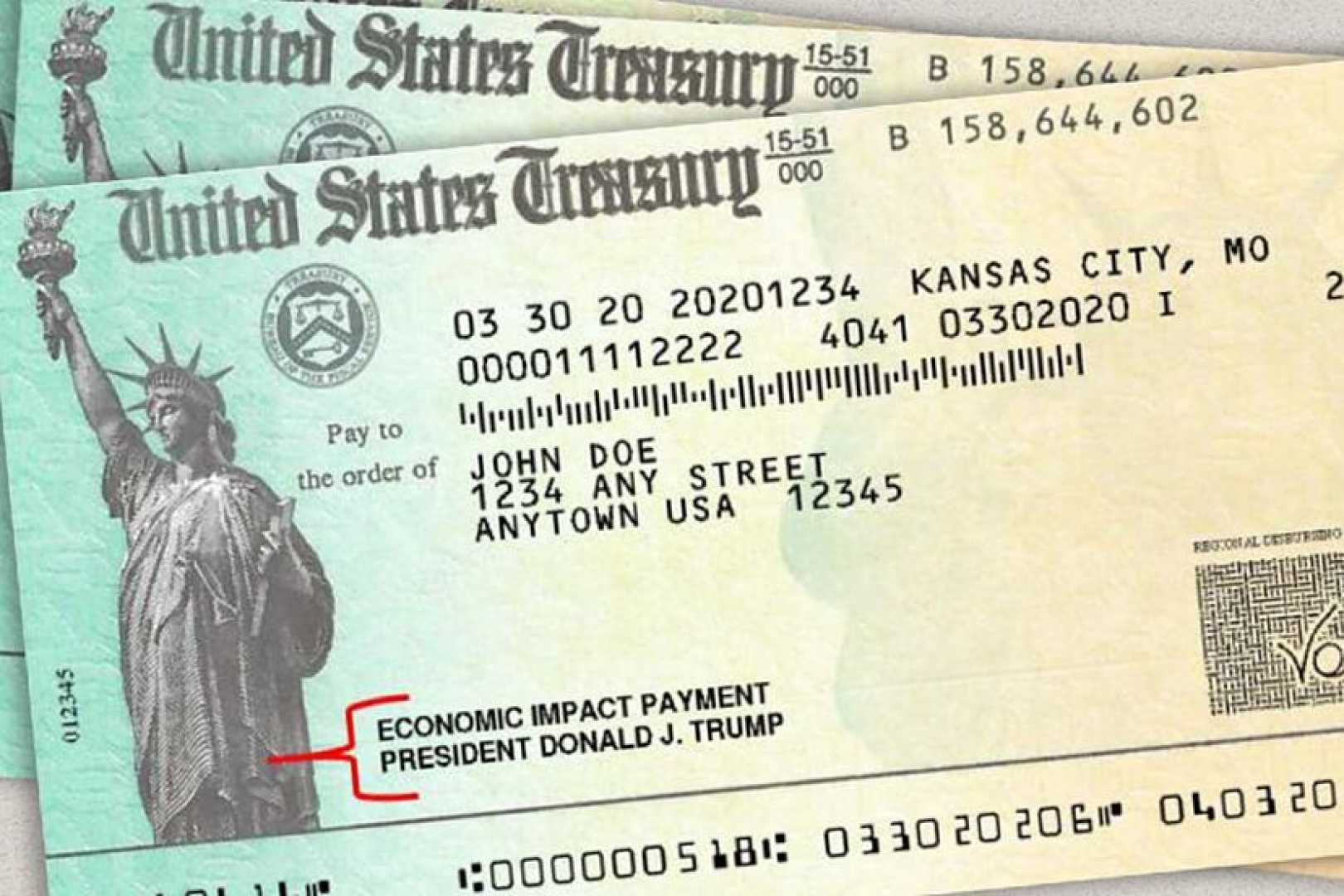Business
Trump Administration Proposes New Stimulus Payments Amid Rising Inflation Concerns

EL PASO, Texas — As inflation continues to impact households across the United States, discussions are intensifying regarding potential new stimulus payments proposed by the Trump administration. The proposed payments, referred to as dividends from the Department of Government Efficiency (DOGE), have been a topic of debate since they were first suggested by James Fishback, executive director of Azoria, in February.
Fishback, who is actively working with lawmakers to introduce legislation for these stimulus checks, stated that discussions with members of both the House and Senate have been “productive”. He noted, “The next step is that a bill will be introduced, and this will come very soon,” during an interview with Newsweek.
Despite the optimism from Fishback, the Federal Reserve has not commented in detail on the proposal. Jerome Powell, the Fed’s chairman, stated, “It doesn’t seem acceptable to me to speculate on political ideas or fiscal policy” during a recent press conference.
Economists are casting doubt on the feasibility of the payments, particularly in light of rising inflation and concerns about a potential recession. Jonathan Ernest, an economics professor at Case Western Reserve University, expressed that the Trump administration’s policies might disrupt economic stability enough to warrant additional stimulus checks.
Under Fishback’s proposal, the stimulus dividends would be targeted at households with incomes above a certain threshold, differing from prior pandemic-era checks that were distributed more broadly. However, no specific income levels or details about eligibility have been released. Additionally, these proposed payments have not yet received formal approval from Congress.
As taxpayers await further information, the timeline for implementing such payments remains uncertain. Fishback warns that until Congress approves a bill authorizing these dividends, households should not expect any payments, as no schedule has been established.
In the backdrop of these discussions, President Trump and the Department of Government Efficiency are also considering one-time payments of $5,000 to Americans, based on various cuts to the federal workforce. However, plans have been criticized and remain vague. Initial figures of $5,000 have since been tempered, with estimates now hovering around $1,200 to $2,500.
Lawmakers are cautious, with some Republicans arguing that such payments could undermine the administration’s savings efforts and contribute to federal debt rather than alleviating it. Currently, the proposal indicates that only families paying federal taxes may qualify for these payments, leaving out non-filers or those with tax debts.
In previous efforts, Congress passed a $2 trillion stimulus package in 2020, which included $1,200 checks for eligible individuals and $2,400 for married couples filing jointly, plus additional amounts for qualifying children. The package aimed to address the economic difficulties caused by the COVID-19 pandemic.
Kristian Jaime, a reporter with the El Paso Times, noted that discussions are ongoing as the administration pushes to identify savings through government efficiency initiatives. As more details emerge, the administration aims to clarify the specifics of the proposed stimulus payments and their feasibility amidst an ever-changing economic landscape.












